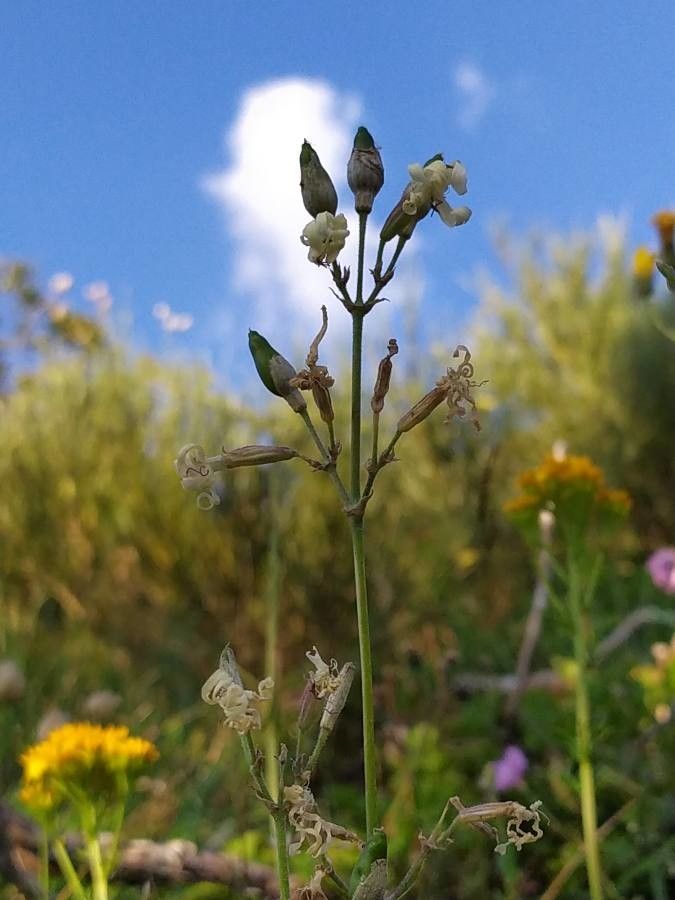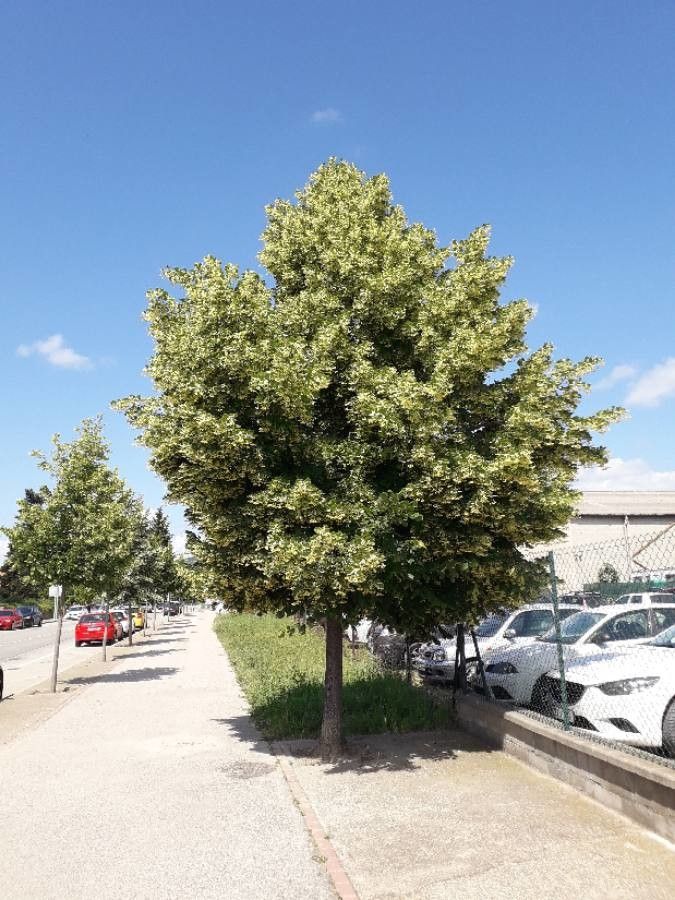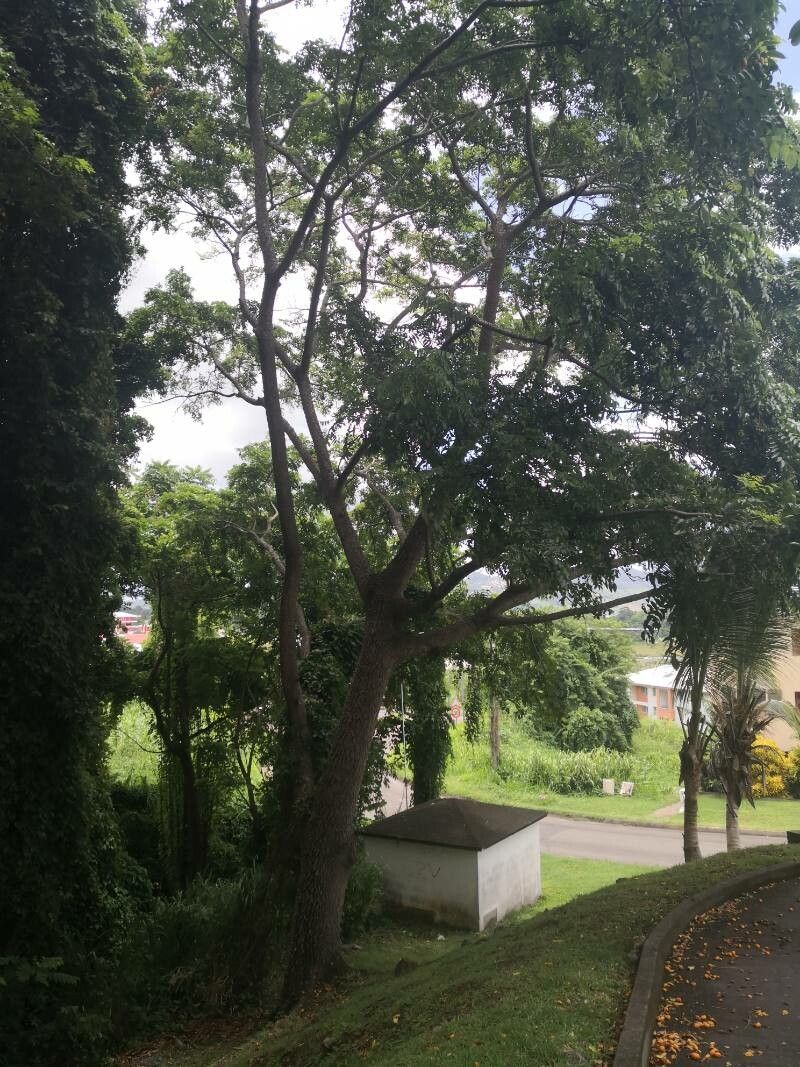### Eurasian Catchfly: A Gardener's Delight
The Eurasian Catchfly ( *Silene vulgaris*), a member of the Caryophyllaceae family, is a captivating wildflower that's increasingly gaining popularity among gardeners. Its delicate, slightly sticky flowers and interesting history make it a fascinating addition to any garden, whether you're a seasoned plant enthusiast or just beginning your gardening journey.
### Identification and Characteristics
Identifying the Eurasian Catchfly is relatively straightforward. Look for its characteristic clustered, five-petaled flowers, typically white or pale pink, with slightly notched petals. The calyx, the cup-like structure enclosing the flower, is inflated and tubular, often with prominent green veins. The leaves are opposite, lance-shaped, and slightly grayish-green. The plant itself is generally low-growing, reaching heights of 1-2 feet.
### Habitat and Growth
Eurasian Catchfly thrives in a variety of habitats, demonstrating its adaptability. It's commonly found in disturbed areas, meadows, pastures, roadsides, and even rocky outcrops. Its preference for well-drained soil makes it suitable for many garden environments. The plant is typically hardy and thrives in full sun to partial shade, making it a versatile choice for varied garden conditions. While it appreciates well-drained soil, it can tolerate a range of soil types, demonstrating resilience.
### Planting and Care
Planting Eurasian Catchfly is relatively simple. Seeds can be sown directly into the ground in spring or autumn. For optimal germination, ensure the soil is well-drained and slightly moist. Once established, the plant requires minimal care. Regular watering during prolonged dry spells is beneficial, but overwatering should be avoided. Deadheading (removing spent flowers) encourages more blooms, and occasional light fertilizing can promote vigorous growth.
### Potential Uses in the Garden
Eurasian Catchfly's delicate charm makes it a wonderful addition to cottage gardens, wildflower meadows, or rock gardens. Its height and spreading habit make it useful as a ground cover or border plant. The subtle color palette of its flowers complements a variety of other plants, making it a versatile choice for garden design. Its ability to attract pollinators such as bees is an added bonus for any eco-conscious gardener.
### Invasive Potential?
While generally not considered highly invasive, the Eurasian Catchfly can self-seed readily. This means that it might spread beyond its initial planting area, particularly in favorable conditions. Regular monitoring and occasional thinning might be necessary to manage its spread if necessary.
### Conclusion
The Eurasian Catchfly offers a unique blend of beauty and resilience, making it a valuable addition to any garden. Its ease of care, adaptability, and attractive blooms make it a perfect choice for gardeners of all skill levels. With a little attention, this charming wildflower will reward you with its delicate beauty for years to come.
Eurasian Catchfly: Guide to Planting & Care

Frequently Asked Questions
How do I grow Eurasian Catchfly?
Sow seeds directly into well-drained soil in spring or autumn. Ensure soil moisture during germination, but avoid overwatering. Full sun to partial shade is ideal.
Is Eurasian Catchfly invasive?
While not highly invasive, it self-seeds readily. Monitor its spread and thin if necessary to control its expansion.


